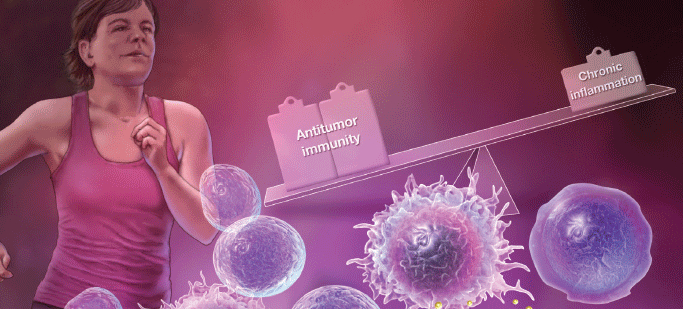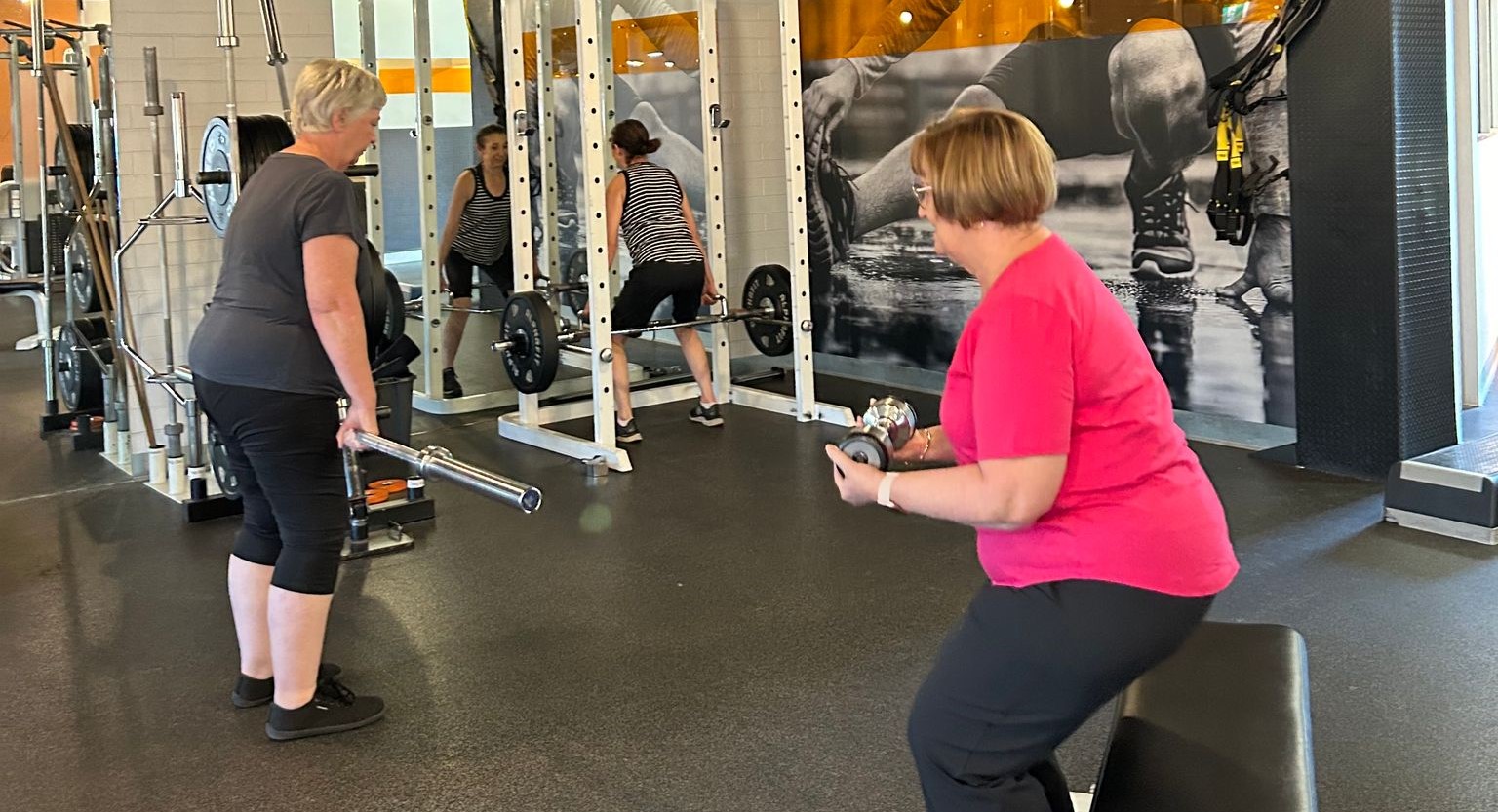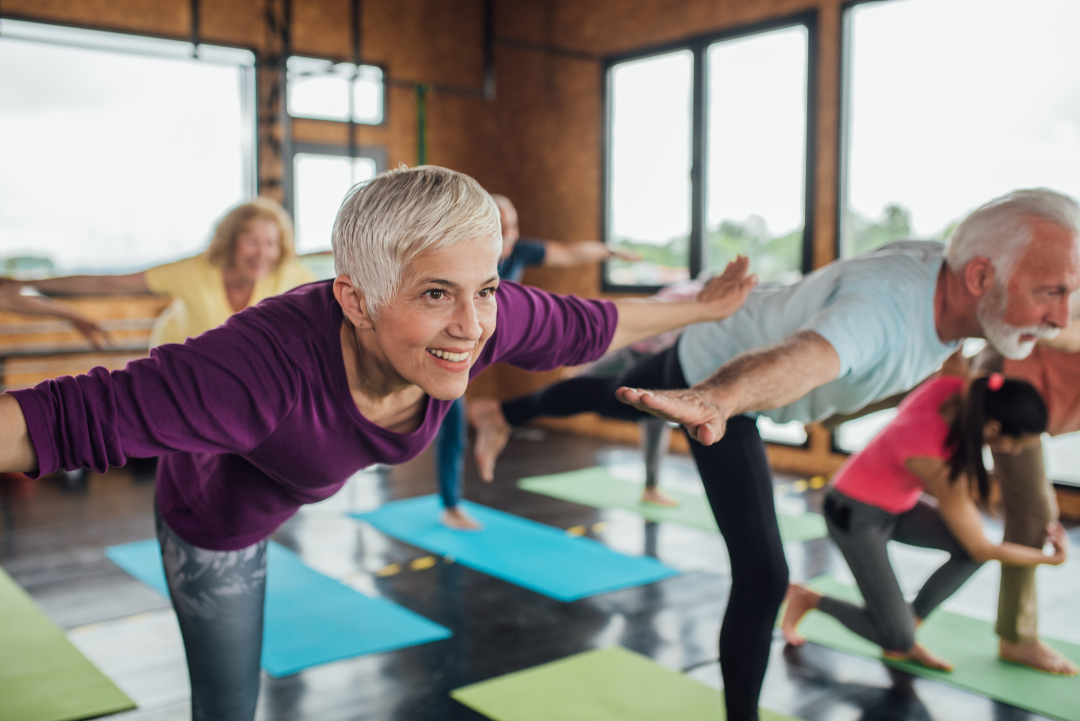Exercise as a cancer therapy
Over the past few years, exercise has emerged as a potential therapy (in conjunction with other standard treatments) to help delay cancer progression, reduce recurrence risk, and improve overall survival. Did you know that physical activity has been linked to between 30-60% risk reduction in cancer-specific mortality?
The mechanisms for the beneficial effect of exercise on cancer is complex and multifaceted. Here are a few ways exercise can work (in no particular order):
1. Improved immune system function
A good immune system is necessary to slow cancer growth. In fact, there is a whole type of treatment which aims to increase fight from your immune system called immunotherapy. Excitingly, aerobic exercise has been shown to increase the production of immune cells (i.e. natural killer cells), and infiltrate these cells into tumours. Natural killer cells can produce an approximate 60% reduction in tumour incidence. These immune cells are mobilised within minutes of your exercise starting, and maximal mobilisation of these immune cells is achieved after 30 minutes of exercise. This essentially means you need to have small doses often to get the best effects. Exercise once per week may not cut it. Exercise may also positively affect immune cell activity through muscle contraction-induced release of beneficial immune cells.
2. Increased blood flow to a tumour
The region surrounding a tumour is typically low in oxygen (hypoxic) because the body is not able to deliver enough oxygen amidst the disorganised and poorly working vessel structure of a tumour. During exercise, blood flow increases all over our body, including around any tumours. If we keep exercising, we can improve how arteries, capillaries and veins work within and around the tumour. All of which increases the delivery of our body’s own cancer killer immune cells and therapeutic agents such as chemotherapy drugs, making treatments more effective.

3. Regulating the way our genes express to help fight cancer
Epigenetics is a big word for changes in the way our genes express in the body without actually changing our DNA sequence (all of the those A, C, T, G’s that we learnt in science classes). Epigenetic alterations are necessary for cancer cells to grow and divide; however, on the other hand, exercise can modify the way our genes express and regulate and reduce the growth of cancer cells. This is a fairly new discovery, and more research is needed to understand what types of exercise are more effective for different, ages, races and cancer types. Exciting none the less.
4. Inflammation reduction
Chronic inflammation is widely recognised to encourage tumour growth in several ways: (1) Suppresses programmed cell death (apoptosis). (2) Promote cell growth (proliferation). (3) Improve the ability to spread to nearby tissues as well as distant organs (metastasis). Exercise can play a large role in reducing inflammation via several processes. Getting active can reduce pro-inflammatory markers (the bad ones) and increase the number of myokines (small secreted proteins that can reduce inflammation). All of which can prevent the growth of tumours.
Final thoughts
It must be noted that research is still evolving in this area. The effects of exercise on different cancer types still needs more time and research funds. We cannot definitely say exercise will have a significantly positive effect on every cancer and will not cure your cancer in isolation. However, it is clear that being active has so many benefits for cancer patients.
If you would like to read more:
Exercise protects from cancer through regulation of immune function and inflammation (2017)
Mechanisms of Exercise in Cancer Prevention, Treatment, and Survivorship (2020)















0 Comments